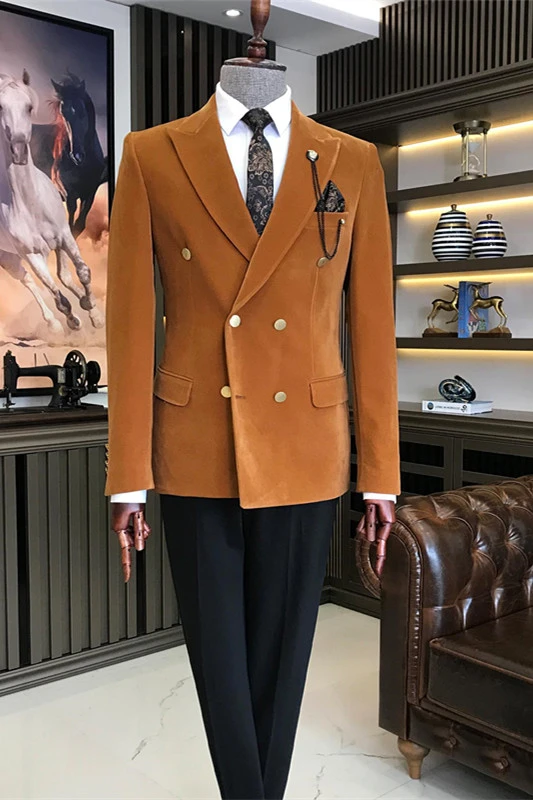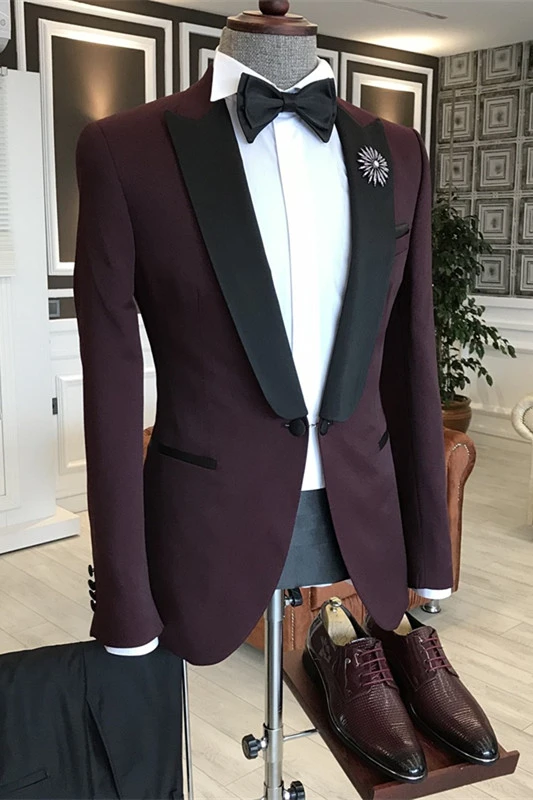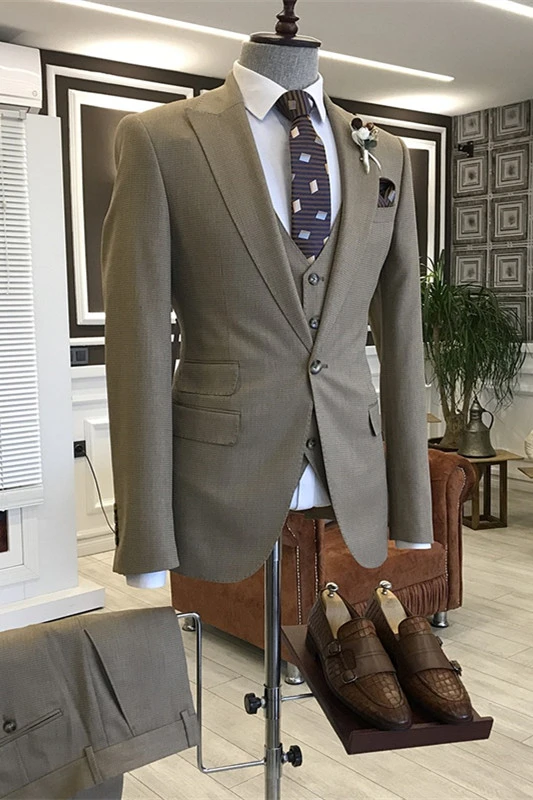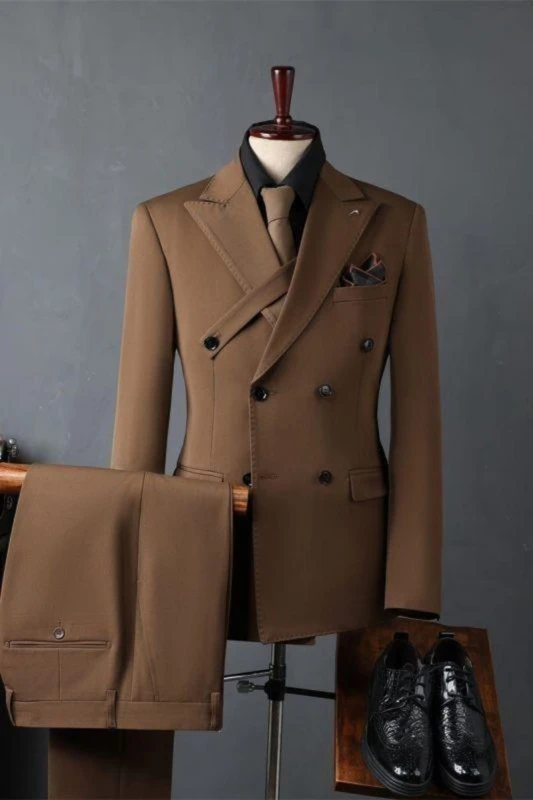Things about suits | Do you know all the styles of suit pockets?
But have you ever paid attention to your suit's pocket options? When you get your suit custom-made, the tailor will inevitably ask you: "What kind of pockets do you want?"
You might be confused: "What? I've never noticed that suits have different pockets."
These are all important and indispensable aspects when it comes to custom-made suits. Today, let’s talk about the types of suit pockets.
Flap pockets
The flap pocket, also known as the formal pocket, is the most photographed, frequently used, and familiar suit pocket. It's the most versatile, least error-prone, and most traditional and classic. When you're stuck or just want to follow the crowd, this is the perfect choice!
The pocket cover design can prevent rain and dust from entering the pocket, adding a sense of layering at the waist. When attending important occasions, the pocket cover can be folded into the pocket and used as an open-line pocket. After all, the inner pockets of their pockets all adopt a hollow pocket design, so there is no difference. One bag can be used for two purposes, which is versatile and practical.
Of course, you still need to be extra careful when doing this. If you put items in your pocket, always pay attention to whether the bag cover is accidentally taken out when taking out the items, otherwise you may become a sloppy guy in the eyes of others.
Open-line pocket
The open-line pocket, also known as the cut pocket, is one of the simpler and more concealed types among all pockets.
It is made by directly sewing the pocket onto the clothing. A lining fabric is used to create the pocket, which is hidden within the inner layer of the suit and only the linear edges are exposed, without affecting the overall structure of the garment. Due to its simple and elegant design, it is also the most formal type of pocket, and can often be seen on formal attire.
The opening of the lined pocket can be single-strand or double-strand. When customizing a suit, satin splicing can also be done at the opening to echo the satin-lined lapel.
Patch Pocket
It is the most casual pocket design in a suit. The visual effect is that two large U-shaped pieces of fabric are sewn directly to the waist on both sides of the suit like patches. The overall look is clean and generous. This rough approach coupled with the rounded shape brings a sense of naturalness and relaxation.
Once the pockets are filled, the openings remain open, making it easy to reach in and take things out. However, it is best not to fill them with heavy objects, otherwise, no matter how elastic and tough the fabric is, the pockets will sag and deform.
Ticket Pocket
The ticket pocket is a small pocket located above the lower pocket. Originally, it was used by British nobles to hold their opera tickets. Later, its function diminished and it merely served as a decorative element. It is a typical style of traditional British suits and is also a symbol of taste. It has a unique charm.
Chest Pocket
Also known as "handkerchief pocket", it is obvious that practicality is not the main focus. Generally speaking, this pocket at this position is only reserved for the handkerchief and it is best not to put anything else in it.
The breast pocket is usually designed as a concealed straight-cut pocket. The edge of the opening is slightly curved like the shape of a boat. Before the advent of tissues, handkerchiefs, which were widely used before, were placed in the breast pocket by men.






